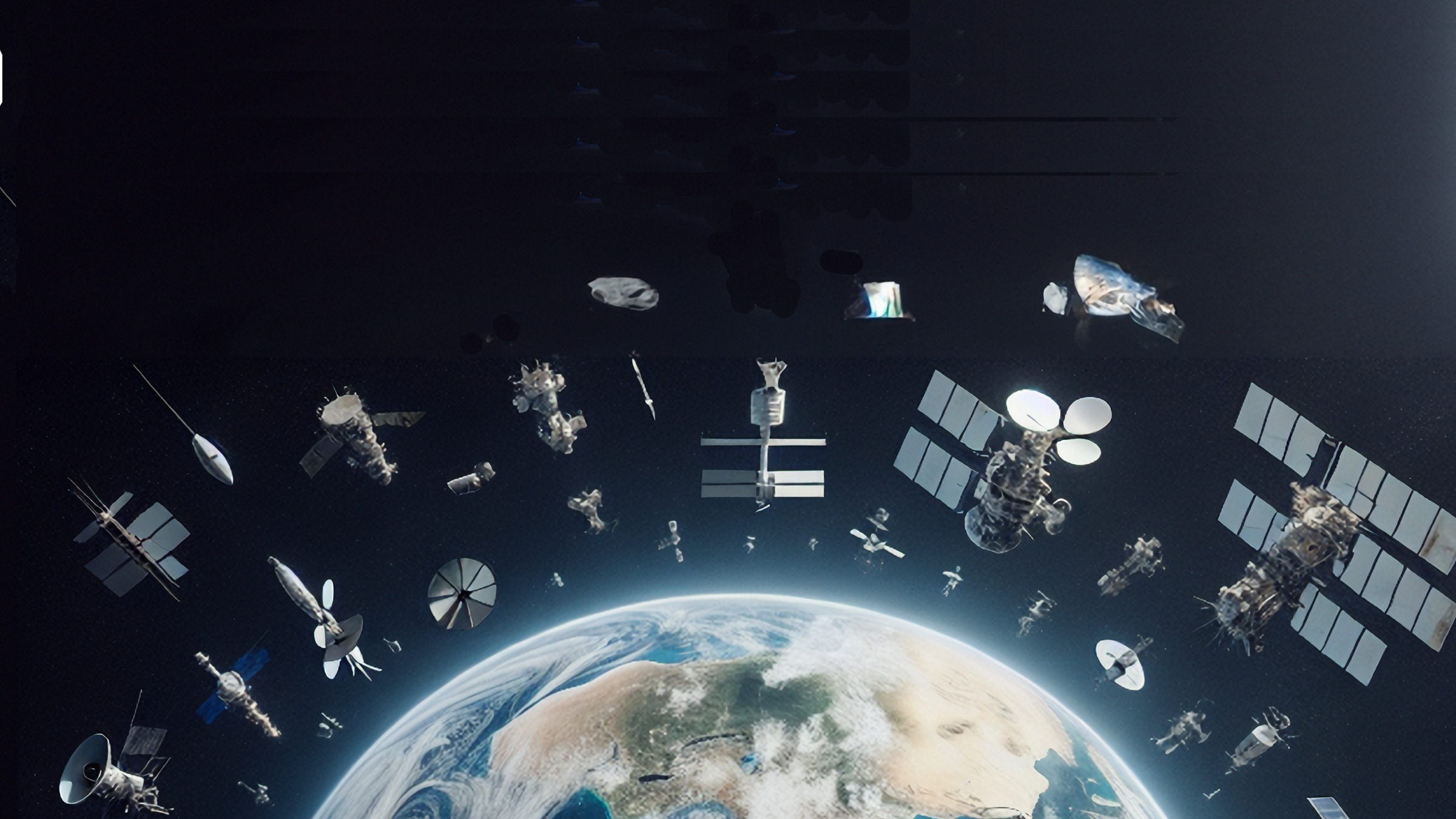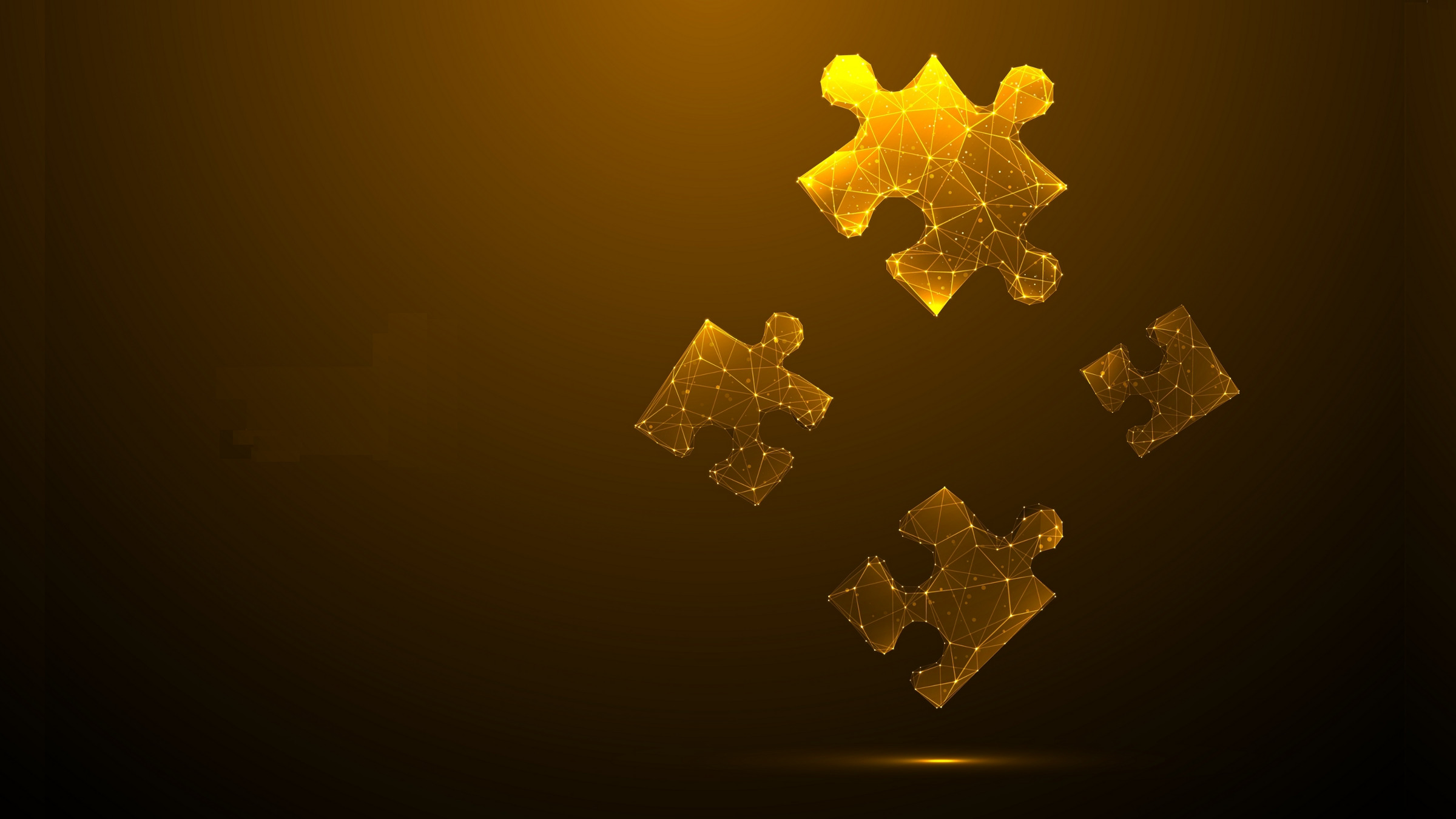Technology aims to ensure integrity and fairness, but doesn't erase the deep appeal of human judgment in competition.
News
Laser communications technology demonstrated aboard NASA's Psyche spacecraft could make the 140-million-mile distance from Earth to Mars feel much closer.
Recent work has combined pseudorandom starting structures and random techniques that use the framework of finite geometry.
Experts want proof that Google’s AlphaChip is equal to, let alone better than, available chip design methods.
Room-Temperature Superconductivity Heats Up
Compounds that display superconductivity are incredibly rare, and many require specific pressures or conditions to perform in a desired manner.
LLMs represent an emerging battleground for misuse and abuse that aims to sway public opinion and mislead the masses.
Dark Patterned Voices Manipulate Users
The vocal cues of voice user interfaces can be subtly manipulated to influence users' opinions.
Gamification in apps, services, and the workplace can make a task more fun and boost engagement. But it can have negative consequences as well.
The landscape for AI copyright and patent law looks a lot like the landscape for AI: confusing, chaotic, and changing at lightspeed.
How Laser Communications Are Improving Satellites
Demonstrations indicate that laser communications could deliver significantly higher bandwidth than RF, with reduced size, weight, and power requirements on satellites.
Mixing and matching chiplets with different capabilities allows designers to optimize platforms for specific functions or use cases.
Many public agencies already have tracking and communications technologies embedded in their emergency and transit vehicles.
A firmware change to Bluetooth chip sets makes the unwelcome tracking of a device by stalkers, hackers, and others impractical.
Nobel Laureates Consider the State of Quantum Computing
Most experts are reluctant to predict when a large-scale quantum computer will be commercialized.
A “mugshot to mugshot” comparison of two images of a face is essentially a solved problem thanks to neural networks, experts say.
More than half of surveyed organizations have a person who's in charge of AI or orchestrate related initiatives.
Training Neural Networks to Grok
A paper by Victor Reis and Thomas Rothvoss proved a new upper bound on the time required to solve for any integer program.
How CrowdStrike Stopped Everything
The CrowdStrike global IT outage put millions of systems and their data out of reach.
Partnering to Protect the Power
As the informational needs of the power grid become more complex and the connected “smart grid” expands, so too do the cybersecurity needs of grid operators.
Non-Volatile Memory Technology Poised for Game-Changing Breakthrough
The advantages of phase-chain memory superlattices are clear and demonstrably outweigh potential crosstalk concerns.
The scaling of LLMs, with their enormous memory-bandwidth requirements, comes at a high cost.
Design and engineering teams increasingly are turning to classical and generative AI to rethink, reinvent, and remake the modern microchip.
Gauging Societal Impacts of Large Language Models
NIST is testing LLMs in a scientific setting to determine their real-world effects.
Shape the Future of Computing
ACM encourages its members to take a direct hand in shaping the future of the association. There are more ways than ever to get involved.
Get InvolvedCommunications of the ACM (CACM) is now a fully Open Access publication.
By opening CACM to the world, we hope to increase engagement among the broader computer science community and encourage non-members to discover the rich resources ACM has to offer.
Learn More






















